ZHCSI22F October 2017 – December 2021 TPS2662
PRODUCTION DATA
- 1 特性
- 2 应用
- 3 说明
- 4 Revision History
- 5 Device Comparison Table
- 6 Pin Configuration and Functions
- 7 Specifications
- 8 Parameter Measurement Information
-
9 Detailed Description
- 9.1 Overview
- 9.2 Functional Block Diagram
- 9.3
Feature Description
- 9.3.1 Undervoltage Lockout (UVLO)
- 9.3.2 Overvoltage Protection (OVP)
- 9.3.3 Hot Plug-In and Inrush Current Control
- 9.3.4 Reverse Polarity Protection
- 9.3.5 Overload and Short-Circuit Protection
- 9.3.6 Reverse Current Protection
- 9.3.7 FAULT Response
- 9.3.8 IN, OUT, RTN, and GND Pins
- 9.3.9 Thermal Shutdown
- 9.4 Device Functional Modes
-
10Application and Implementation
- 10.1 Application Information
- 10.2 Typical Application
- 10.3 System Examples
- 10.4 Do's and Don'ts
- 11Power Supply Recommendations
- 12Layout
- 13Device and Documentation Support
- 14Mechanical, Packaging, and Orderable Information
7.7 Typical Characteristics
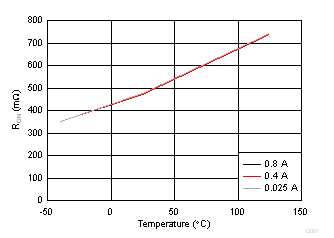 Figure 7-1 On-Resistance vs Temperature Across Load Current
Figure 7-1 On-Resistance vs Temperature Across Load Current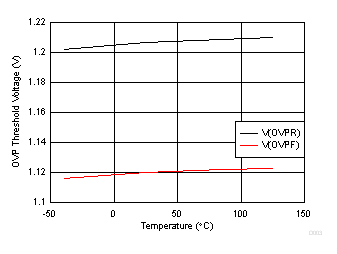 Figure 7-3 OVP
Threshold Voltage vs Temperature
Figure 7-3 OVP
Threshold Voltage vs Temperature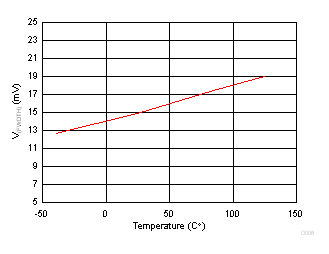 Figure 7-5 V(FWDTH) vs Temperature
Figure 7-5 V(FWDTH) vs Temperature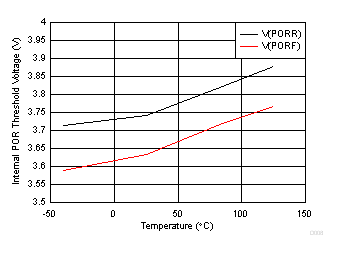 Figure 7-7 Internal POR Threshold Voltage vs Temperature
Figure 7-7 Internal POR Threshold Voltage vs Temperature Figure 7-9 Input
Supply Current vs Supply Voltage During Normal Operation
Figure 7-9 Input
Supply Current vs Supply Voltage During Normal Operation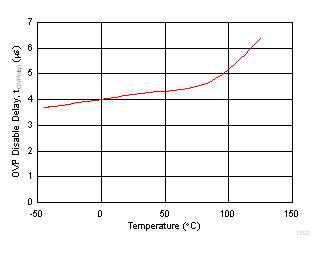 Figure 7-11 OVP
Disable Delay vs Temperature
Figure 7-11 OVP
Disable Delay vs Temperature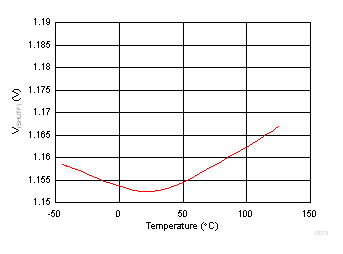 Figure 7-13 Shutdown Threshold Voltage Shutdown vs Temperature
Figure 7-13 Shutdown Threshold Voltage Shutdown vs Temperature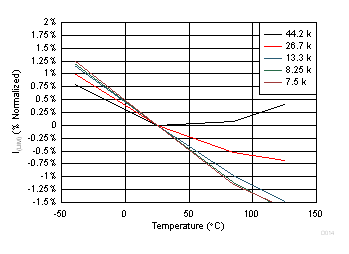 Figure 7-15 Current Limit (% Normalized) vs Temperature
Figure 7-15 Current Limit (% Normalized) vs Temperature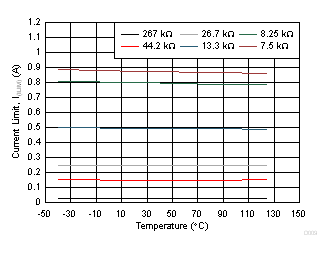 Figure 7-17 Over
Load Current Limit vs Temperature
Figure 7-17 Over
Load Current Limit vs Temperature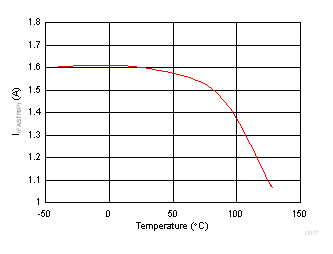 Figure 7-19 Fast-Trip Comparator Threshold I(FAST-TRIP) vs Temperature
Threshold
Figure 7-19 Fast-Trip Comparator Threshold I(FAST-TRIP) vs Temperature
Threshold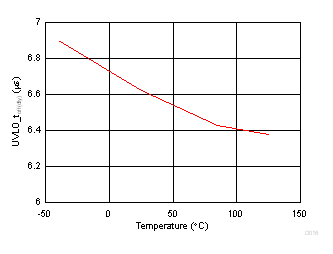 Figure 7-21 UVLO
Turnoff Delay vs Temperature
Figure 7-21 UVLO
Turnoff Delay vs Temperature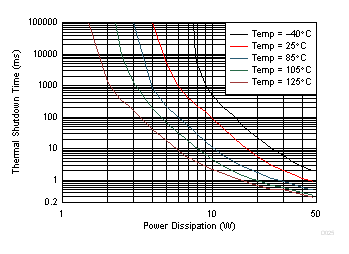
| Taken on 2-Layer board, 2 oz.(0.08-mm thick) with RTN plane area: 0.8 cm2 (Top) and 4.5 cm2 (Bottom) |
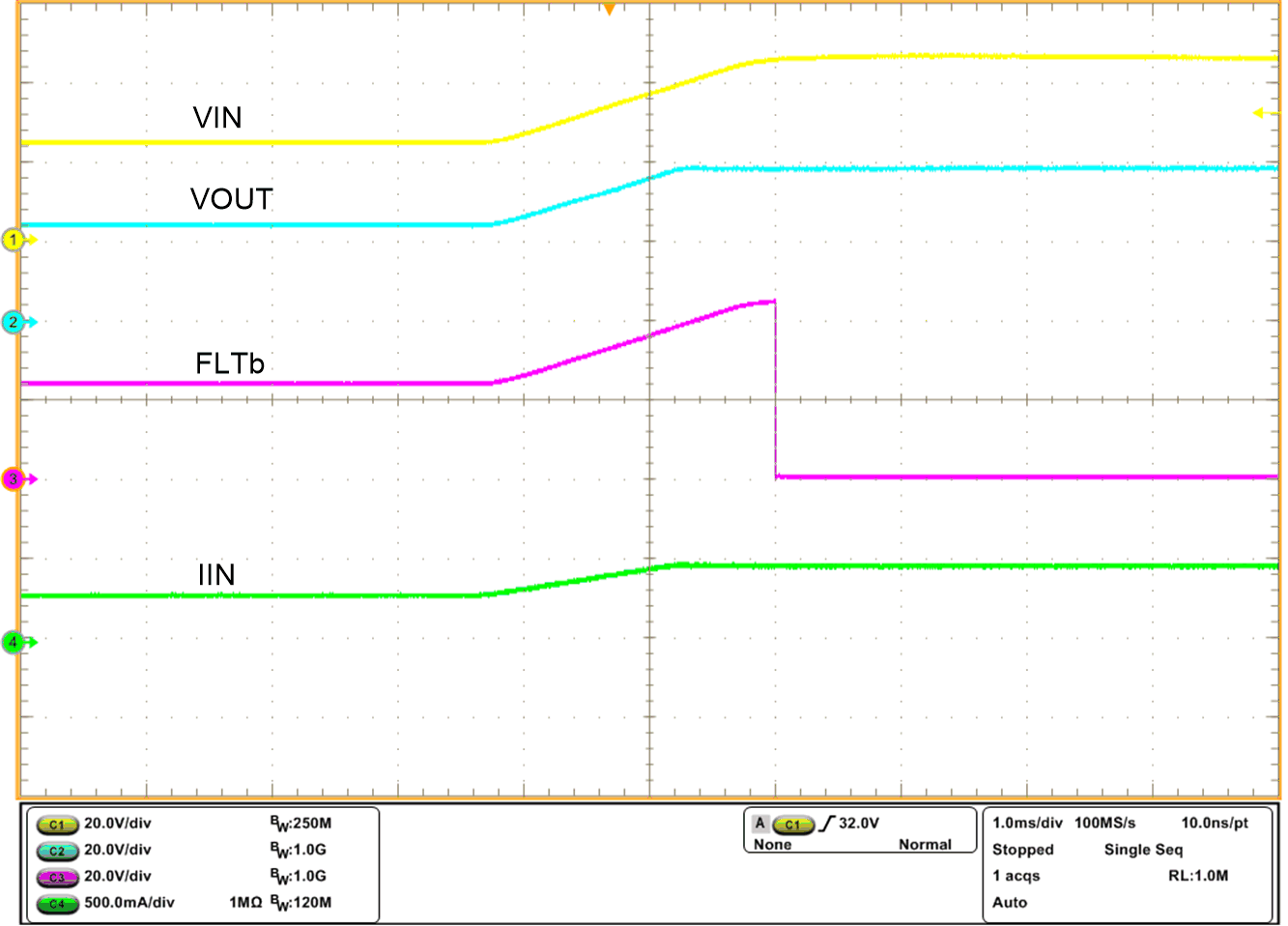
| RILIM = 7.5 kΩ | RFLTb = 100 kΩ | RLOAD = 80 Ω | |
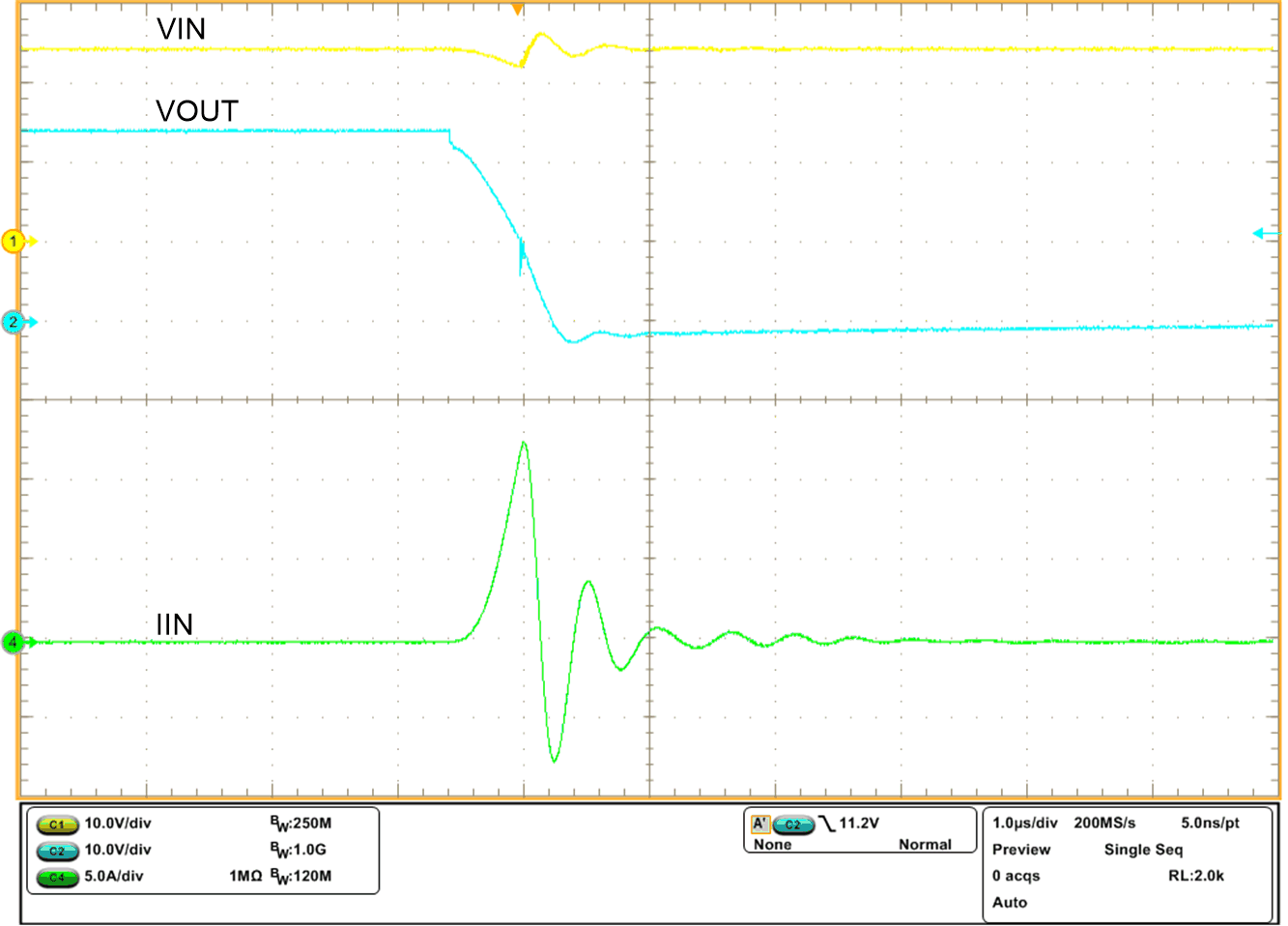
| RILIM = 7.5 kΩ |
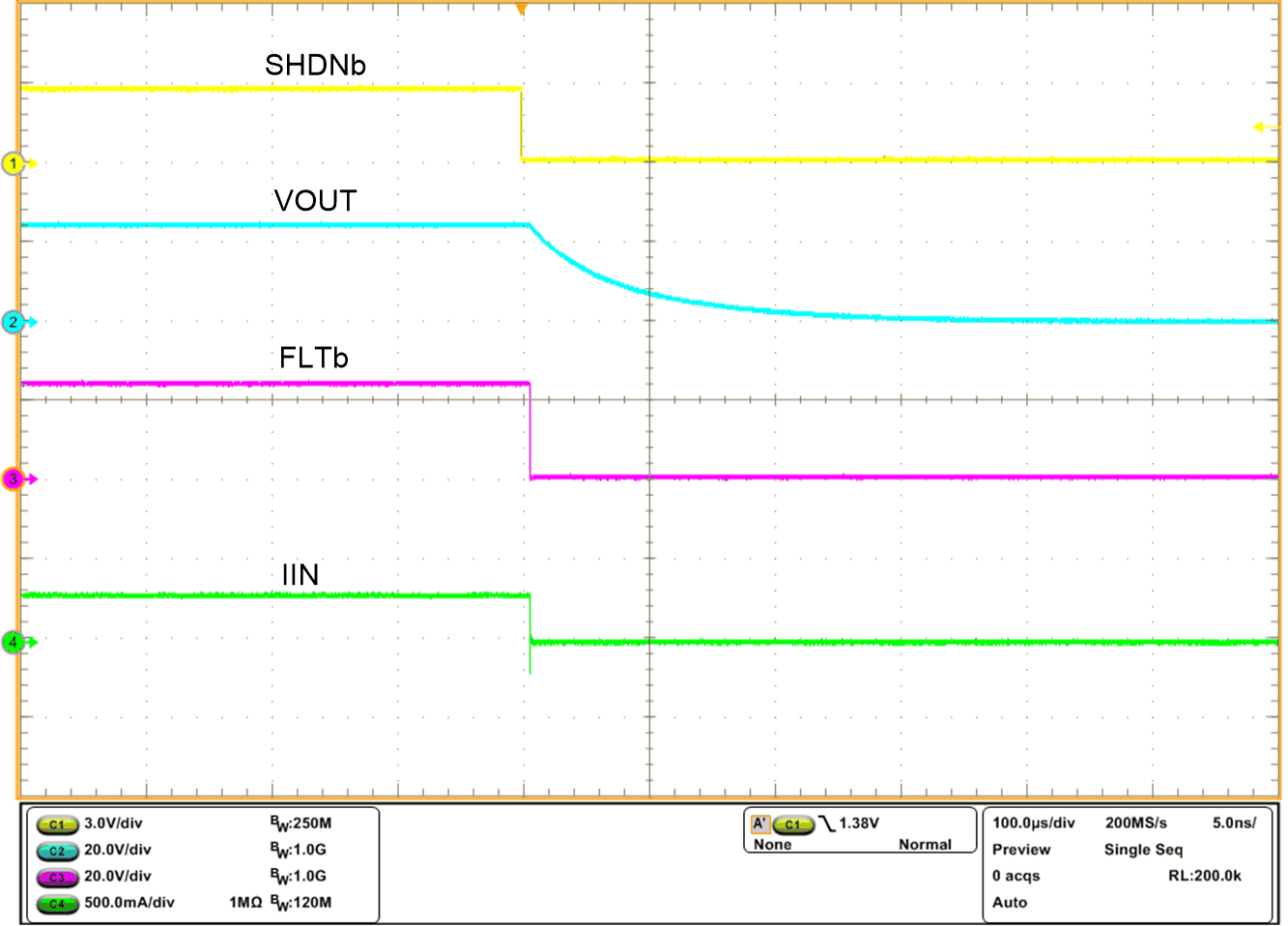
| RILIM = 7.5 kΩ | RFLTb = 100 kΩ | RLOAD = 80 Ω | |
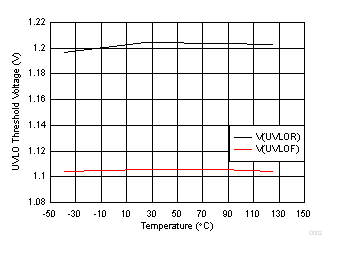 Figure 7-2 UVLO
Threshold Voltage vs Temperature
Figure 7-2 UVLO
Threshold Voltage vs Temperature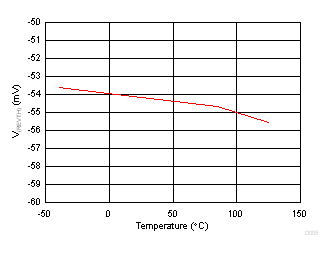 Figure 7-4 Reverse Voltage Threshold vs Temperature
Figure 7-4 Reverse Voltage Threshold vs Temperature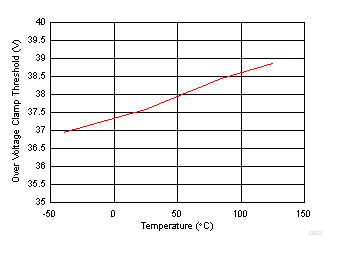 Figure 7-6 Overvoltage Clamp Threshold vs Temperature
Figure 7-6 Overvoltage Clamp Threshold vs Temperature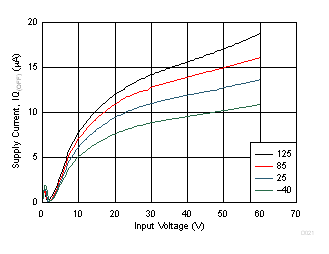 Figure 7-8 Input
Supply Current vs Supply Voltage in Shutdown
Figure 7-8 Input
Supply Current vs Supply Voltage in Shutdown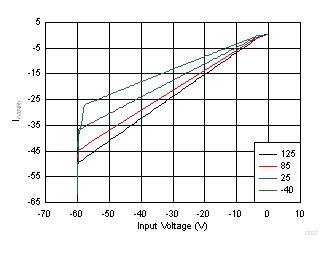
| V(OUT) = 0 V |
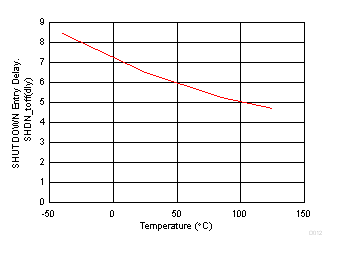 Figure 7-12 Shutdown Entry Delay vs Temperature
Figure 7-12 Shutdown Entry Delay vs Temperature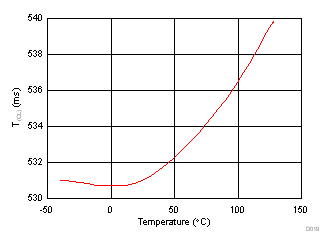 Figure 7-14 Max
Duration in Current Limiting t(CL) vs Temperature
Figure 7-14 Max
Duration in Current Limiting t(CL) vs Temperature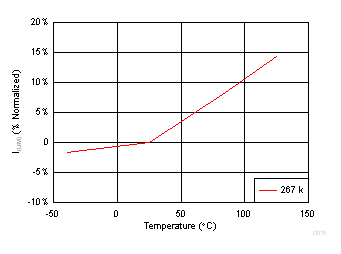 Figure 7-16 Current Limit (% Normalized) vs Temperature
Figure 7-16 Current Limit (% Normalized) vs Temperature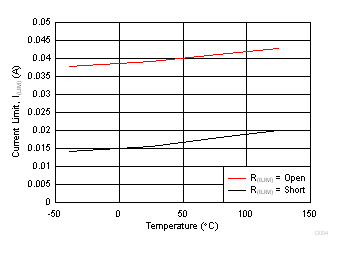 Figure 7-18 Current Limit for R(ILIM) = Open and Short vs
Temperature
Figure 7-18 Current Limit for R(ILIM) = Open and Short vs
Temperature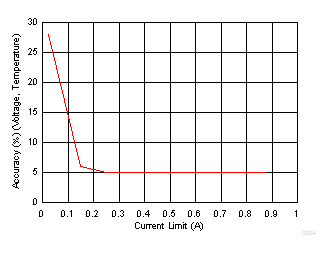 Figure 7-20 Current Limit Accuracy vs Current Limit, I(OL)
Figure 7-20 Current Limit Accuracy vs Current Limit, I(OL)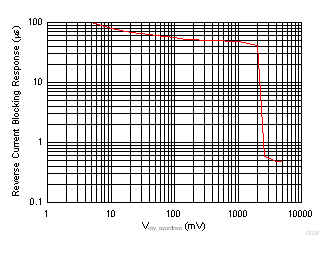 Figure 7-22 Reverse Current Blocking Response Time vs Reverse Comparator Overdrive
Voltage
Figure 7-22 Reverse Current Blocking Response Time vs Reverse Comparator Overdrive
Voltage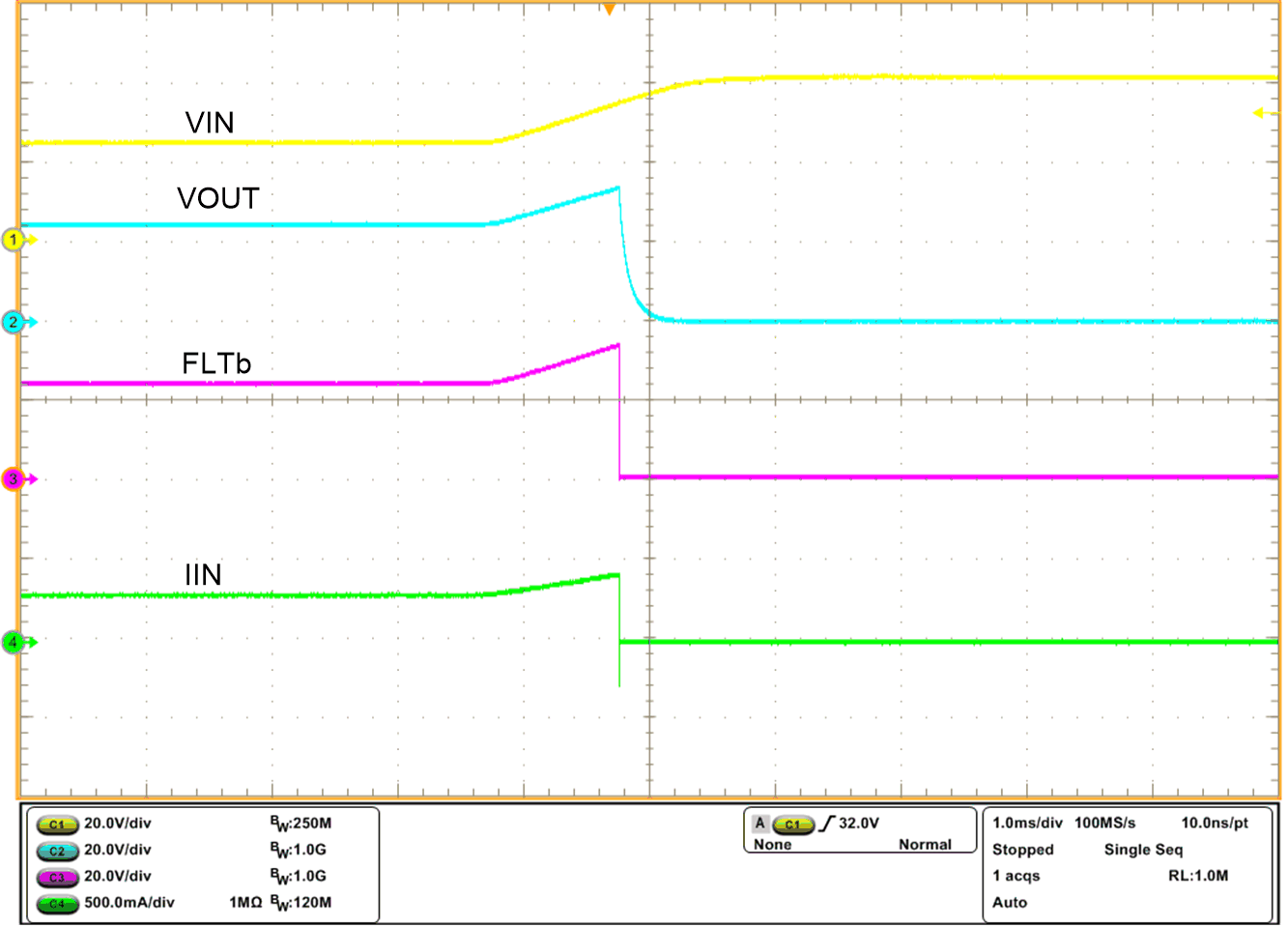
| RILIM = 7.5 kΩ | RFLTb = 100 kΩ | RLOAD = 80 Ω | ||
| OVP setting at 33 V | ||||
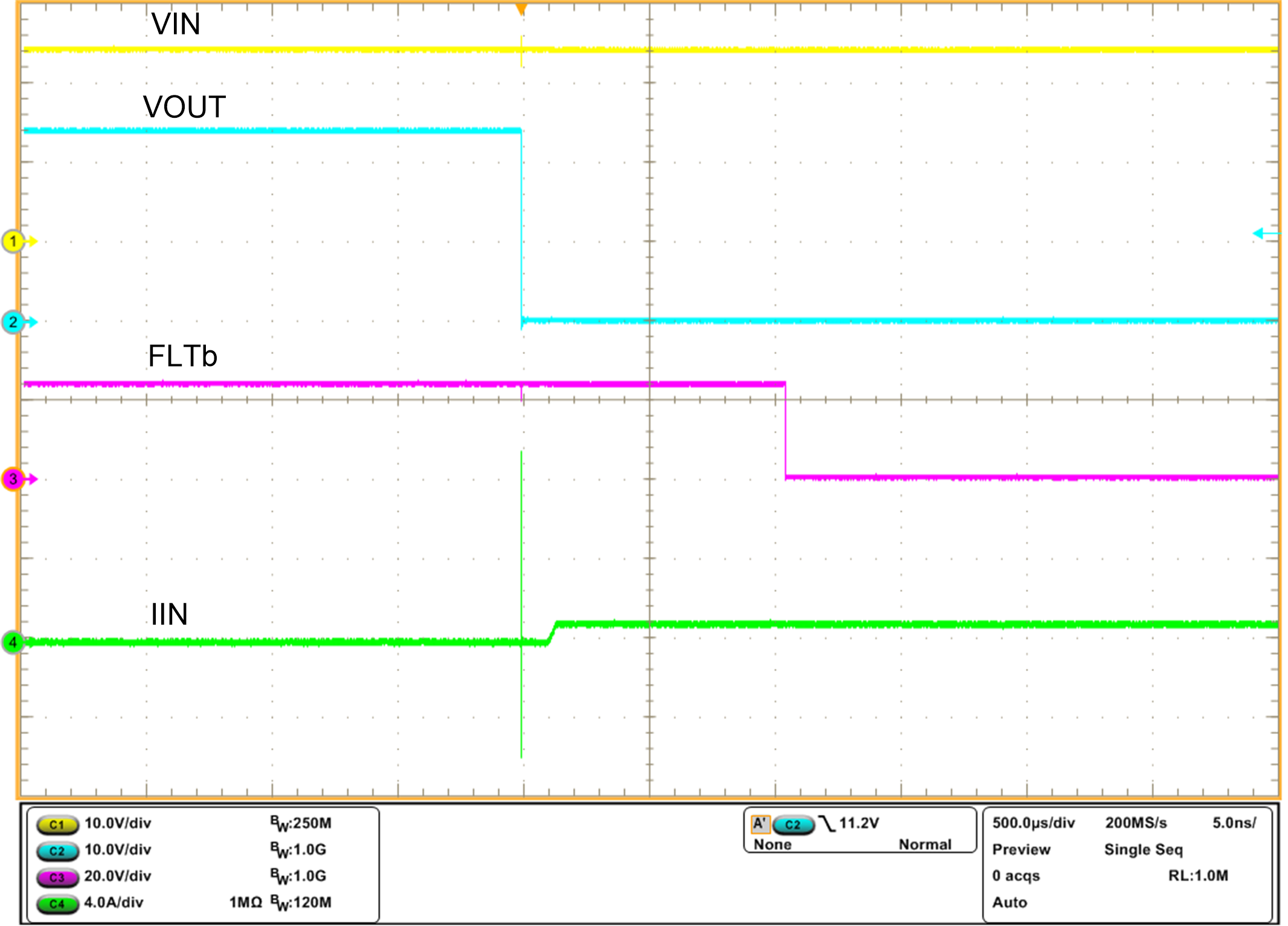
| RILIM = 7.5 kΩ | RFLTb = 100 kΩ |
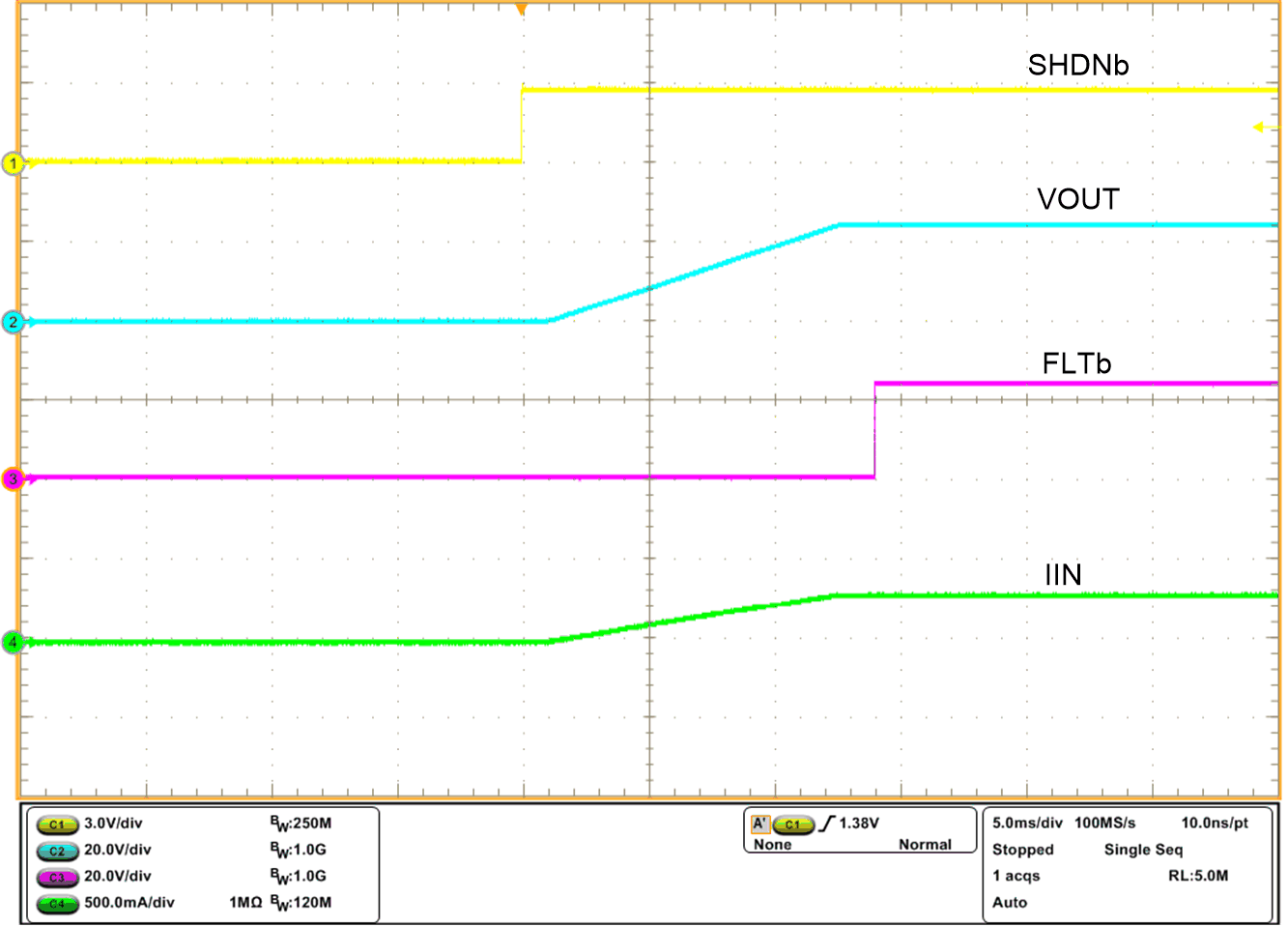
| RILIM = 7.5 kΩ | RFLTb = 100 kΩ | RLOAD = 80 Ω | |